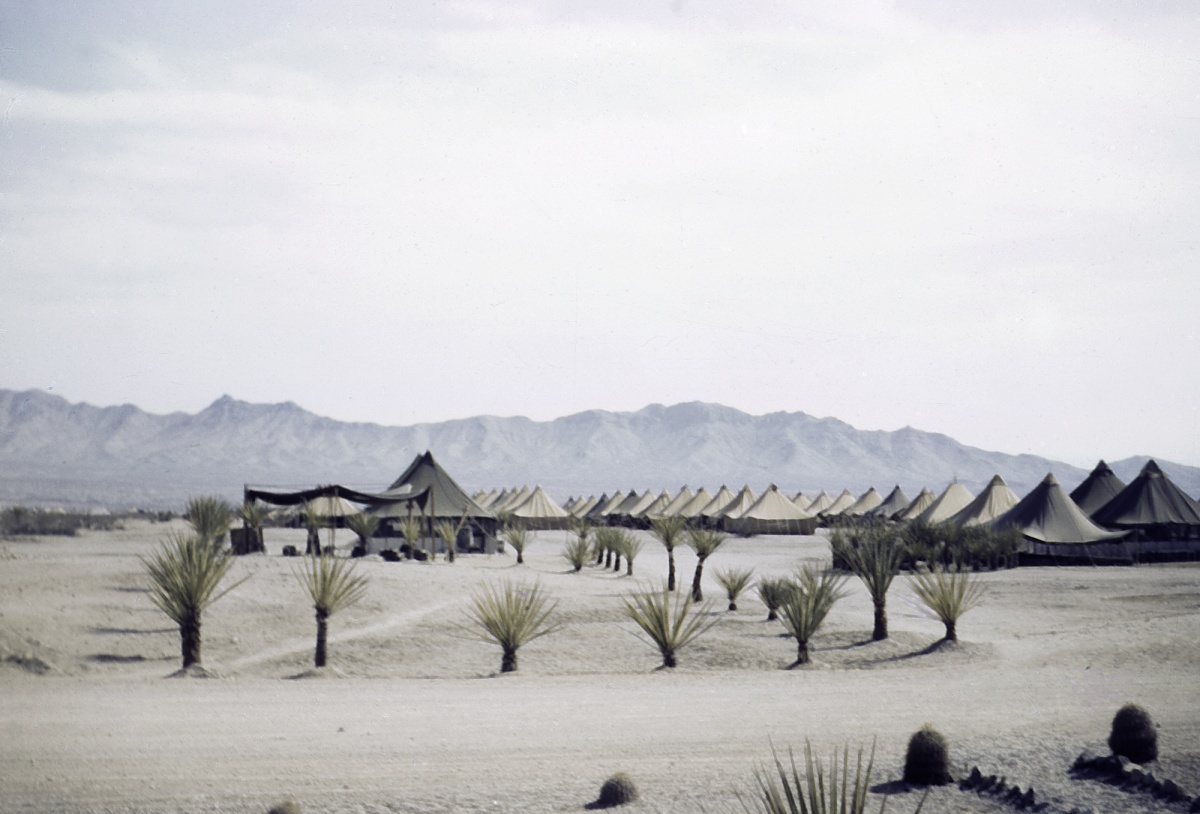BLM California History
Public lands managed by the Bureau of Land Management in California are a window to the past. These lands have shaped the way people live and connect with nature from the travel routes of California’s first people to settlers, gold-seekers, our military and the people who call California home today.
The Barstow fossil beds of the Mojave Desert are acclaimed for the insights they provide into life 12 to 16 million years ago, when this area was an African-like savannah with saber-toothed cats, herds of camels and flocks of flamingos which no longer inhabit this now-arid region. At Painted Rock, on the Carrizo Plain, ancient figures and geometric images intricately painted in black, white, and red are a spectacular monument to the rich cultural heritage of California's Native peoples.
Indigenous peoples who have inhabited these territories for thousands of years make up diverse Native American communities, including the Kumeyaay along the modern California-Mexico border (including the Imperial Sand Dunes), Chumash along the central California coast (including Piedras Blancas Light Station), Pomo in the northern California coastal range (including the Berryessa-Snow Mountain National Monument), Miwok in the Sacramento River valley (including Cosumnes River Preserve), and many others, having unique cultures, languages, and traditions connected intimately with the land. These Tribes utilized the resources in these areas for sustenance, tools, and spiritual practices.
The California Coastal National Monument, spanning from Southern to Northern California, preserves pristine coastal habitats and cultural resources. Home to diverse Tribes, such as the Chumash, Ohlone, Pomo, and Yurok, the BLM works with Tribal Nations and communities, and local organizations to safeguard ancestral lands and traditional practices related to the rocks and islands along the California Coast.
Alongside the California Coastal National Monument, the dramatic and rugged North Coast is home to the majestic old-growth redwoods of the Headwaters Forest Reserve and the spectacular seascapes and mountains that seem to thrust straight out of the surf at the King Range National Conservation Area.
The Spanish settlement period marked a significant chapter in American history, as Spanish explorers and settlers ventured into the vast territories of the present-day United States. During this era, the Old Spanish Trail emerged as a crucial route, connecting Santa Fe, New Mexico, to Los Angeles, California. This trail played a vital role in facilitating trade and cultural exchange between the Spanish colonies in the Southwest and California. Additionally, the Juan Bautista De Anza National Historic Trail commemorates the expedition led by Juan Bautista De Anza in the late 18th century. De Anza's journey aimed at establishing a land route from Sonora, Mexico, to California, contributing to the expansion and exploration of Spanish territories in the region.
The 19th and 20th centuries witnessed significant Asian migration to California, primarily from countries like China, Japan, and the Philippines. Asian immigrants were instrumental in industries such as agriculture, mining, and railroad construction. Chinese immigrants, for instance, were integral in the construction of railroads across the Sierra Nevada mountains where their impact can be seen today at Cape Horn at the North Fork of the American River.
Asian immigrants, particularly Chinese and Japanese laborers, played crucial roles in the mining activities prevalent in BLM-managed areas. The remnants of historic mining sites can be found around the Calico Mountains along highway 15 between Los Angeles and Las Vegas.
In recent history, General Patton’s Desert Training Center in southern California includes the remains of training camps, airfields, and maneuver areas dating to the 1940s and spanning thousands of square miles of public lands in the southern California deserts. The remains of the training center attest to the massive scale – and urgency – of America’s military preparations for World War II.

View our historical photo collection on BLM California Flickr.
